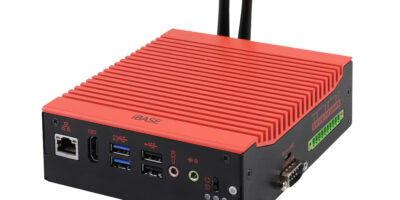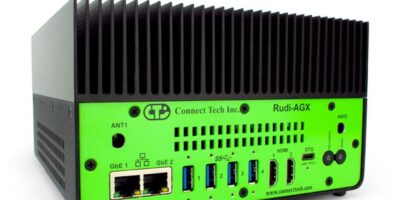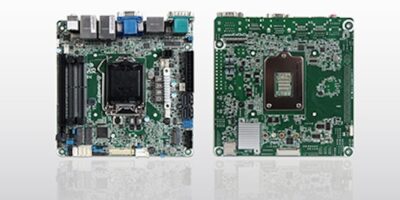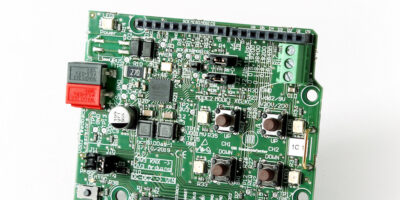Based on Nvidia’s Jetson TX2, the BoxPC EC-3200 is the latest compact embedded PC for use in industry, medical technology and smart cities. The industrial embedded PC is by iBase and available from TFT flat screen specialist, Distec.
The industrial embedded BoxPC EC-3200 is for applications with artificial intelligence (AI). It is based on the energy saving and powerful Nvidia Jetson TX2 processor. This fast and energy efficient processor has a dual core Denver 2 and a quad core Arm Cortex-A57 processor. “Compared to the Jetson TX1, the energy efficiency and performance has more than doubled,” explained Thomas Schrefel, product manager for Embedded at Distec. This is due to the Nvidia Pascal architecture with 256 processing units and up to 1.33T floating operations per second (TFLOPS). The EC-3200 is able to offer real AI computing power for edge applications with 8Gbyte memory and 59.7Gbyet per second memory bandwidth, he continued.
The robust design of the EC-3200 makes it suitable for use in industrial robots, medical devices, and smart cities and for devices that support collaboration in companies, said Distec.
For edge- and cloud-based AI products which require computing performance and video analysis to perform real time data processing and to overcome latency problems, the EC-3200 uses the Jetson TX2’s GPU-accelerated parallel processing to handle data-intensive and mission-critical workloads, such as deep learning applications.
The fanless EC-3200 is designed for uninterrupted operation and an extended temperature range from -20 to +60 degrees C. The Jetson TX2 has low power consumption, and is claimed to be 25 times more energy efficient than comparable desktop graphics processors.
The compact EC-3200 has 8Gbyte LPDDR4 memory and 32Gbyte eMMC. HDMI, Gigabit Ethernet, two USB 3.0 and two USB 2.0 ports are available as I/O interfaces.
The housing has a DB9 connection for RS232 or CAN bus, a micro USB slot and an external 10-pin GPIO connection. Two M.2 expansion sockets are available for expansion with optional SSD storage (2280 Key-M) and WAN modules (3042 Key-E). The operating system is based on a specially made Ubuntu 16.04 with Jetpack 3.2.1 and L4T 28.2.







